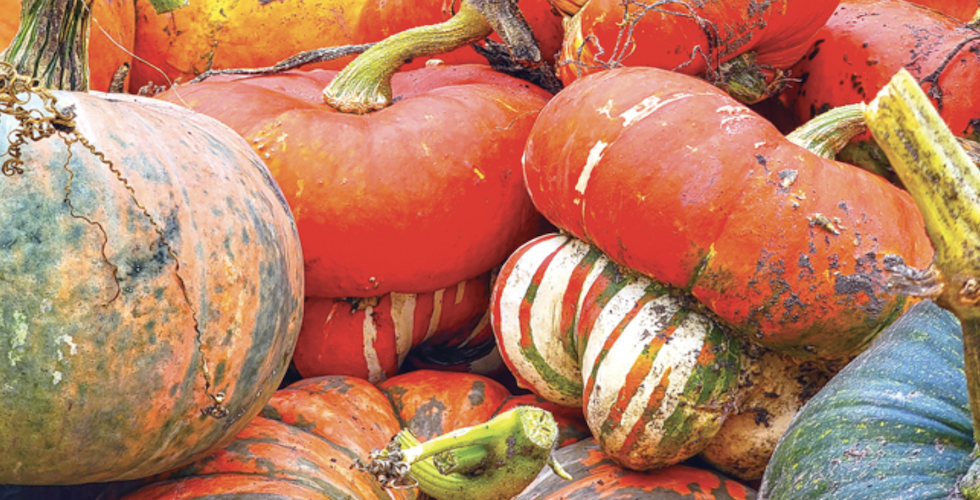
Stan Tekiela is Talking Pumpkins!
Stan Tekiela is talking to us about something we take for granted this time of year: pumpkins!
I would like to tell you about something so common and ubiquitous in our American culture that I am sure you don’t think about it as being very special. It’s something that’s been around for a long time, and you see it every year. And you might even eat it or at least taste the flavor, especially at this time of year. I am talking about the pumpkin!
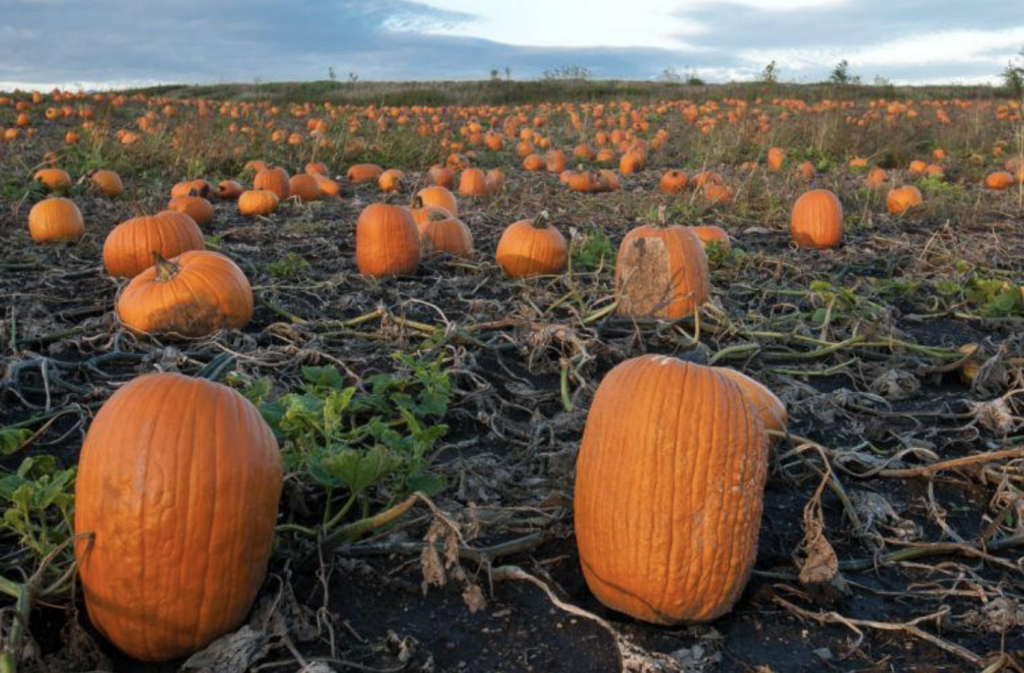
Simply put, pumpkins are a type of winter squash. Winter squash is an annual fruit within the genus Cucurbita. Pumpkins are typically a warm-season plant, which means they aren’t planted until early summer when the ground temperature is warm; the fruit ripens in October. Pumpkins grow on a vine that creeps across the ground and has very large edible flowers. The fruit develops quickly and comes in all sizes and shapes and colors.
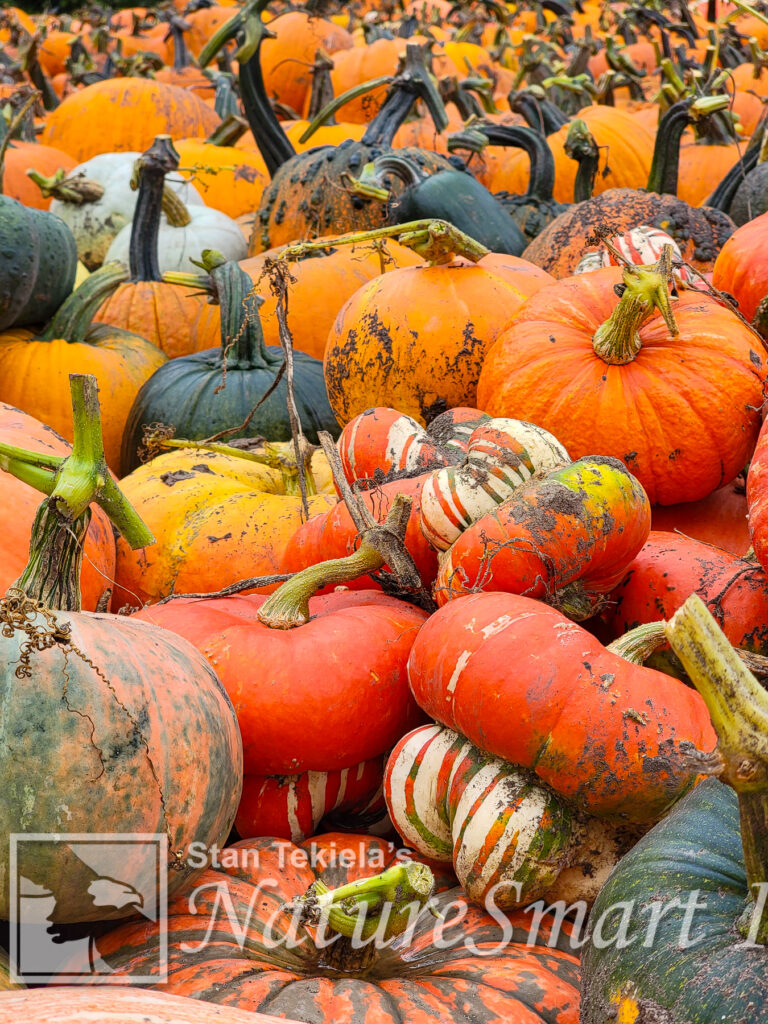
The name pumpkin refers to any roundish, orange-colored kind of squash. The use of the word “pumpkin” came from “peopon,” which is Greek for “large melon.“ The French word is “pompon” and, in later English, it was “pumpion.” All of this was applied to pumpkins in New England in settlement times. European settlers had never seen such large orange fruits and didn’t know what to call them, so the word pumpkin was used.
You see, pumpkins are one of the oldest cultivated plants for food, dating back around 10,000 years. Pumpkins were originally grown by Indigenous Peoples of Mexico and the southwestern United States. In other words, pumpkins were a source of food long before European settlers came to North America.
The oldest evidence of the pumpkin being used for food comes from fragments of pumpkin stems found in caves in Mexico; these date back to 7,000 BC. Not only were pumpkins developed and cultivated by Native Americans, but so were corn and beans. It wasn’t long after European settlers came to America that pumpkins started showing up in Europe, and they took off from there. Pumpkins are now a worldwide food.
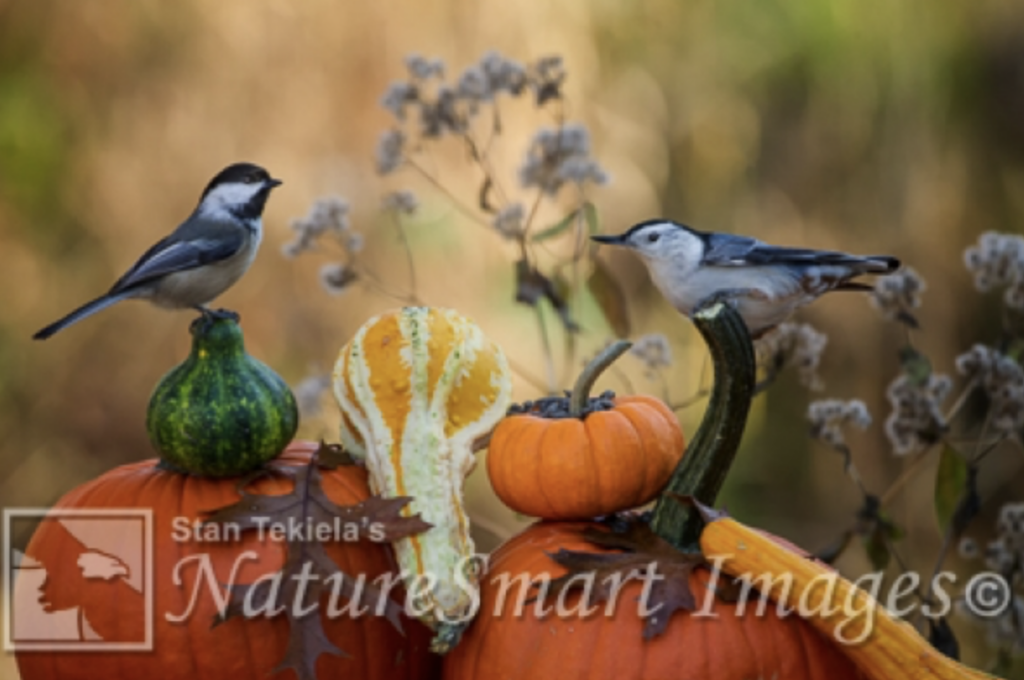
As a food, pumpkins are very good to eat and are very healthy. A 3.5-ounce serving of raw pumpkin provides 20% of your daily Provitamin A beta-carotene. It also has vitamin C, is low in carbohydrates, and has nearly zero fat. Pumpkin seeds are also very good to eat. Pumpkin seeds are a good source of protein, zinc, and magnesium.
It wasn’t until the mid-1800s that pumpkins become associated with Halloween, and people started to carve pumpkins to make jack-o’-lanterns. Carving pumpkins came about when Irish and Scottish immigrants, who used to carve turnips to make lanterns, began to do the same with pumpkins. The pumpkin was larger and more readily available to carry on the traditions from the home country.
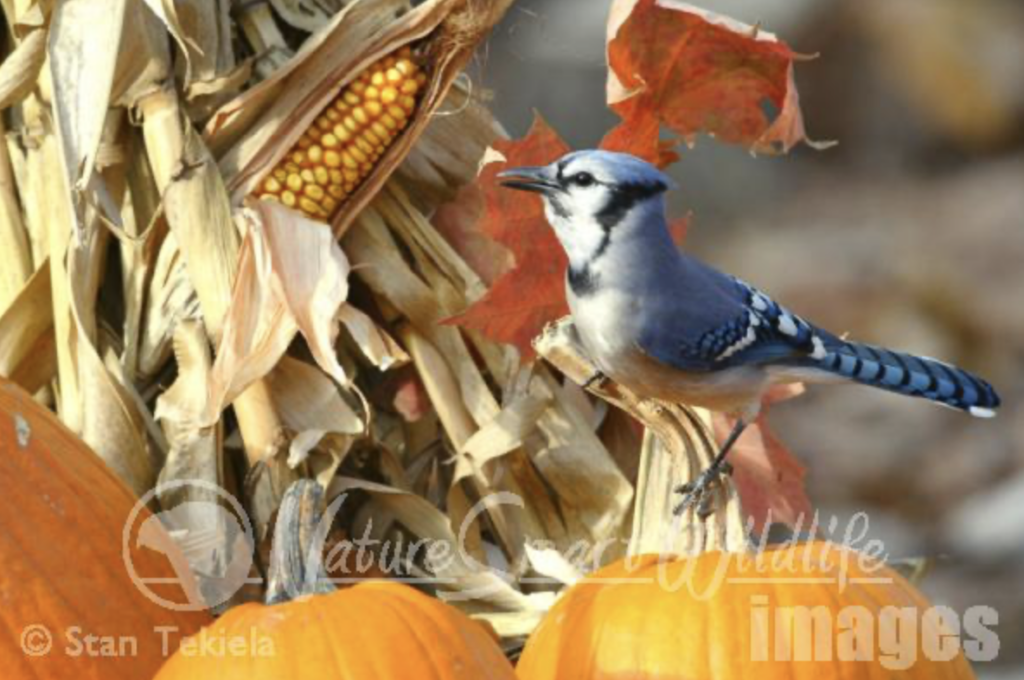
Today, pumpkins are found worldwide and grown in just about every country on the planet. They are frequently associated with Halloween in North America. So, this year, take a moment to reflect on the rich history and the origins of one of the oldest food crops on the planet, the pumpkin.
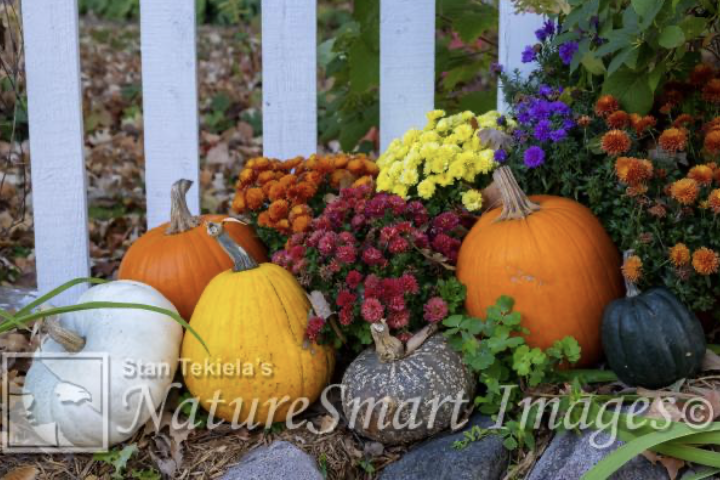
About the author: Naturalist, wildlife photographer, and writer Stan Tekiela has published more than 175 field guides, nature books, children’s books, wildlife audio CDs, puzzles, and playing cards, presenting many species of birds, mammals, reptiles, amphibians, trees, wildflowers, and cacti in the United States. With a Bachelor of Science degree in Natural History from the University of Minnesota and as an active professional naturalist for more than 35 years, Stan studies and photographs wildlife throughout the United States and Canada. He has received various national and regional awards for his books and photographs.
Also a well-known columnist and radio personality, Stan’s syndicated column appears in more than 25 newspapers, and his wildlife programs are broadcast on a number of Midwest radio stations. Stan can be followed on Facebook and Twitter. He can be contacted via www.naturesmart.com.
If you enjoyed this post, sign up for our newsletter. #bewellbeoutdoors



Annie Long
Now THIS is fascinating. How many people have any idea about the rich history of this common yet remarkable vegetable?!?! Not very many, I’d wager.
I just love learning new info about anything. Another book I’ll want to order from this newsletter.
Liliane Opsomer
I agree, it is a great story.